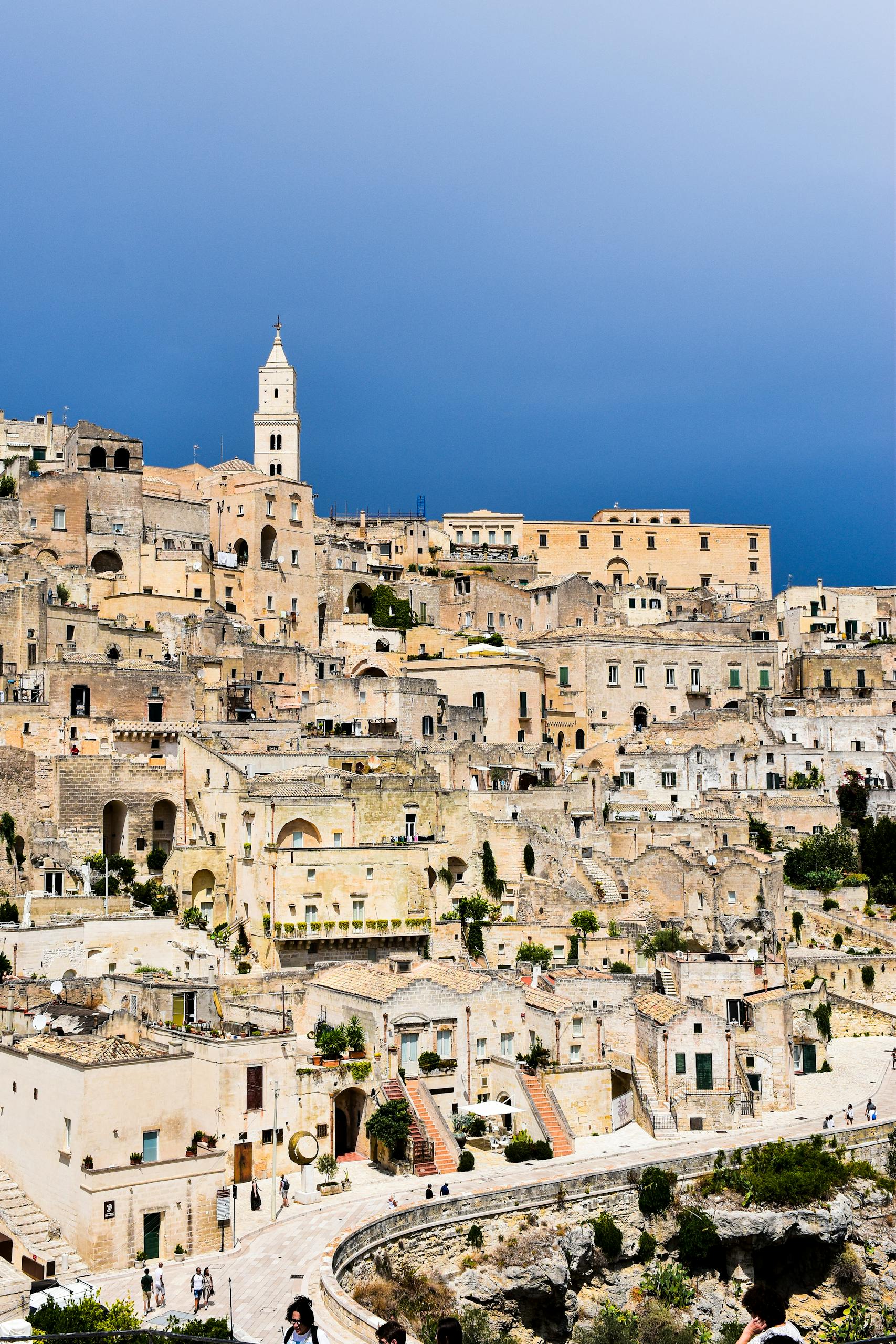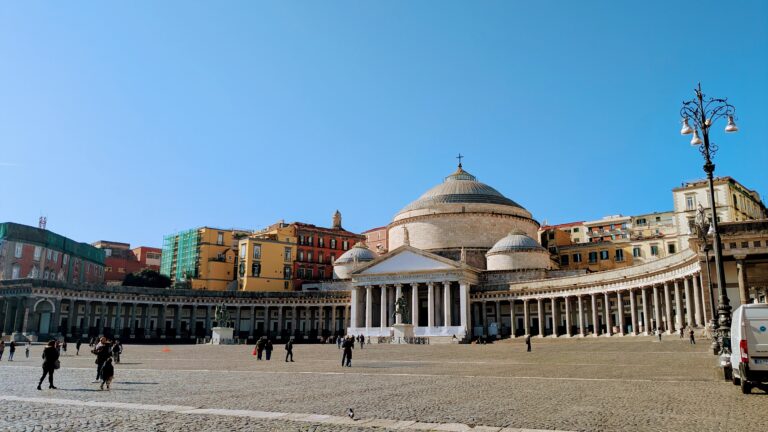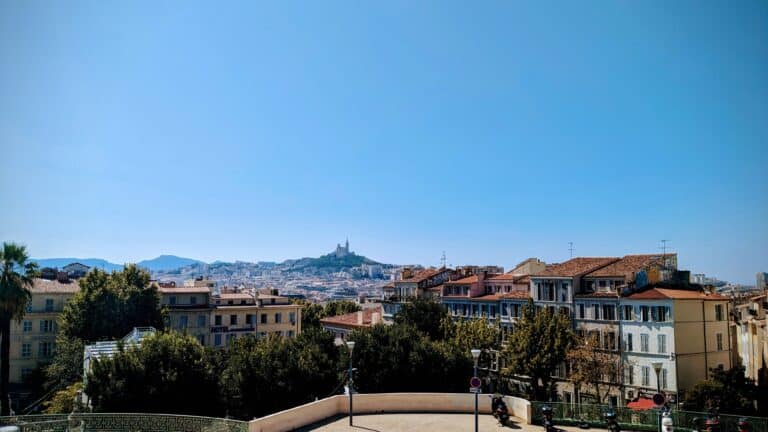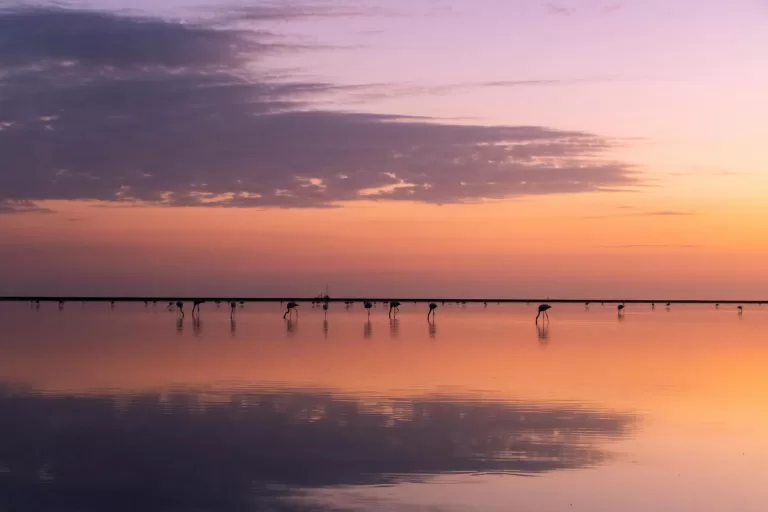When is the best time to fly to Italy: save without compromising your trip
When it comes to planning a holiday to Italy, timing isn’t just about when to go – it’s about when to book.
Whether you’re dreaming of sipping wine in Tuscany, exploring the alleyways of Venice, or relaxing on the Amalfi Coast, booking your flights at the right moment can save you hundreds of pounds – and a fair bit of stress.
Italy can be expensive to visit, without unnecessarily paying too much for your flights.
In this guide, we’ll walk you through the best time to fly to Italy based on seasons, price trends, and practical tips.
The authors: we’ve been to Italy three times now, with many more holidays on the bucket list, so we know how to fly to Italy cheaply! If you’ve got any questions then add them to the comments – we’ll get back to you asap.
Italy’s travel seasons explained
Understanding Italy’s travel calendar is essential if you want to find the sweet spot between price, weather, and crowds.
High season: June to August
Summer is when Italy sees its heaviest tourist traffic – especially in hotspots like Rome, Florence, and Cinque Terre.
Prices soar, both for flights and accommodation, and crowds can be intense.
- Pros: Sun-drenched beaches, festivals, long daylight hours.
- Cons: Highest flight prices, overbooked hotels, and stifling heat in cities.
When to book: Book at least 4–6 months in advance for the best deals. Last-minute bargains are rare.

Shoulder season: April–May & September–October
This is the golden window for savvy travellers. The weather is mild, landscapes are lush, and major sights are still vibrant – but with fewer crowds and better rates.
- Pros: Ideal for cultural travel, wine harvests, spring blooms.
- Cons: Some coastal destinations may be quieter or partially closed.
When to book: Aim for 2–4 months in advance. You’ll often find lower prices and more flight options.
Low season: November to March
Italy in winter has its own charm – fewer tourists, festive markets, and lower prices. It’s the best time to explore cities like Rome, Milan and Naples without elbowing through crowds.
- Pros: Cheapest flights, authentic experiences, off-the-beaten-path travel.
- Cons: Cold weather, reduced hours for some attractions.
When to book: If you’re flexible you can often find last-minute bargains. Booking 4–6 weeks ahead can be ideal.
Tip: Fly into secondary airports (like Pisa instead of Florence) for better rates. You can also combine flights with rail for eco-conscious, cost-effective itineraries.
Cheapest months to fly to Italy
While flight prices fluctuate, certain months tend to be consistently cheaper for UK-to-Italy routes.
- January and February: Post-Christmas lull means major savings.
- November: A quiet month for tourism – great for culture and food-focused trips.
- Early March: Winter rates still apply, but spring starts to peek through.
Example: A return flight from London to Rome in January might cost as little as £40–£60, compared to £200+ in peak summer.
Have you been delayed on a flight? Services like Airhelp and Compensair help you claim compensation from the airline. It’s free and easy to check and claim.

When to book: a month-by-month guide
| Travel month | Best booking window | Notes |
| January–March | 4–6 weeks in advance | Ideal for city breaks |
| April–May | 2–4 months in advance | Shoulder season perks |
| June–August | 4–6 months in advance | Book early or risk paying premium |
| September–October | 2–4 months in advance | Perfect mix of weather and value |
| November–December | 6–8 weeks in advance | Great deals, except Christmas week |
Tip: Use flexible date search tools on platforms like Google Flights or Skyscanner to compare fares across entire weeks or months.
Days that matter: when to book and fly
If you can be flexible, then flying on a specific day will help you find cheaper flights. But this also extends to when you book, as booking on specific days can help you find cheaper deals.
Best days to book
- Sunday and Monday offer lower fares on major booking platforms.
- Avoid Fridays – prices often spike ahead of weekend planning.
Best days to fly
- Tuesdays and Wednesdays are typically the cheapest for international travel.
- Weekends are usually the most expensive, especially in summer.
Tip: Be aware of bogus savings. An early morning flight might be cheaper, but if it means you have to get a hotel at the airport, you’re probably not going to save anything. Same for if you are arriving late and have to get a taxi over public transport.

Avoiding price spikes: watch for events and holidays
Italy’s calendar of festivals can significantly affect flight prices. If you want to visit specifically for a festival then you may struggle to find cheap flights – and if you’re not visiting for that reason, you may want to choose another time to visit to make flights and accommodation cheaper.
- Carnevale di Venezia (Feb): Flights to Venice skyrocket.
- Easter (March/April): Major cities like Rome and Florence get pricier.
- Ferragosto (15 August): Italians travel en masse – avoid if you can.
- Christmas & New Year: Book at least 3 months in advance or prepare to pay premium.
If you’re unsure of where to visit then check out our guide to the best places to go in Italy for first-timers.
Tip: consider flying to a different city and getting the train in. For example, if you’re heading to the Carnevale di Venezia in Venice, consider flying to Florence and getting the train to Venice. It might be cheaper – and you get to visit Florence!
What websites should you use to book flights?
We use Way Away to book our flights. It’s a flight aggregator which compares flights from airlines and other flight aggregators. It’s similar to other websites out there, but we’ve found its always been the best at finding the best prices.
Booking.com now does flights, and we’ve heard good things about Trip and Kiwi. Unless there’s a price difference we try to use the same website for all our flights, to build up status in whatever loyalty programme the website has.
Final thoughts: timing is everything
Booking the right flight isn’t just about cost – it’s about crafting a better travel experience.
Whether you’re seeking authenticity, sustainability, or simply good value, timing your flight booking wisely can open the door to an unforgettable Italian escape – without draining your bank account.
This page contains affiliate links. If you make a purchase through one of these links we make a small commission to help run this site, at no cost to you. Making a commission never affects the advice we give - see our content policy.







